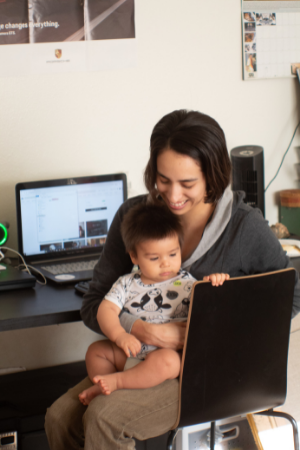Over the last couple of years, the boundaries between work and life have become increasingly blurred. With technology advancing and allowing for more flexibility for when and where work can be done, much like we saw with many people shifting to working from home during the pandemic, how can we then draw a clear line between the two?
With there being so many ways in which life overlaps with work, like needing to attend a medical appointment during work hours or taking care of a sick child, it can leave you wondering if the goal to find a “balance” between work and life is truly achievable.
One of the ways we can help distinguish work from life, and vice versa, is by implementing not only physical, but psychological, and behavioral separations. Reaffirming these boundaries with yourself, with your colleagues, if need be, and those that you are sharing a work and life space with can act as guidelines when those lines begin to blur.
To help create physical separation:
- Try going for a walk outdoors or getting your body moving at the gym after work.
- If you are working from home, try to use only one specific space in your home to work, making sure to move away from this space when the workday is done.
To help create psychological separation:
- Try leaving thoughts about work behind when the workday is done and you are spending time with family, friends, or just yourself.
- Take a few minutes at the end of a workday to review the tasks you completed, making a to do list for what needs to be done tomorrow, leaving those thoughts on the page and out of your mind at the end of the day.
To help create behavioral separation:
- If possible, set a timeframe during the day to check and respond to work emails, and try not to check your inbox outside of this time frame.
- Consider changing in and out of work clothes, to signal the start and end of your day.
By Liliana Gonzalez, M.C., Registered Provisional Psychologist


